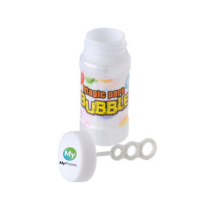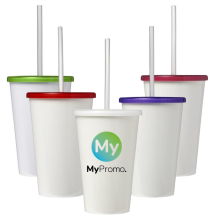PE
What is PE?
PE, or polyethylene, is a highly versatile and widely used plastic in the manufacturing world, known for its durability, flexibility, and cost-effectiveness. From everyday household items to large-scale industrial applications, PE has become an essential material due to its unique properties. Polyethylene was first synthesised by accident in 1933 by British chemists Reginald Gibson and Eric Fawcett. Since then, it has evolved into various forms, such as LDPE (Low-Density Polyethylene) and HDPE (High-Density Polyethylene), each with specific applications and benefits. The production of PE begins with the extraction of ethylene, a hydrocarbon gas derived from natural gas or petroleum. This ethylene is then polymerised, a chemical reaction where monomers link together to form long chains, resulting in polyethylene. The polymerisation process can be adjusted to create different types of PE, each with distinct properties suited for various uses.
Key Properties of PE: Why It Stands Out
PE is known for its excellent chemical resistance, making it ideal for storing and transporting hazardous substances. It is lightweight yet strong, offering a good balance of toughness and flexibility. PE also exhibits low moisture absorption and excellent insulating properties, which makes it useful in electrical applications. Its resistance to impact and stress-cracking enhances its durability in challenging environments.
PE in Everyday Life: Common Applications
Polyethylene is ubiquitous in our daily lives. In the packaging industry, it is used to make plastic bags, bottles, and shrink wraps due to its lightweight and protective qualities. In construction, PE is found in pipes, insulation, and vapour barriers. The automotive industry utilises PE for fuel tanks and interiors, thanks to its resilience and low weight.
Promotional products made from PE are diverse and popular due to their cost-effectiveness and durability. Items like personalised shopping bags, personalised water bottles, and branded storage containers are commonly personalised with company logos or messages, offering both functionality and brand visibility.
Advantages of Using PE in Manufacturing
One of the primary advantages of PE is its recyclability, contributing to environmental sustainability when properly managed. Its versatility allows it to be moulded into a wide range of products, supporting creativity in manufacturing. The cost-effectiveness of PE makes it an attractive option for both large-scale industrial applications and small-scale consumer goods.
PE vs. Other Materials: A Comparative Insight
Compared to other plastics like PVC (Polyvinyl Chloride) and PET (Polyethylene Terephthalate), PE offers superior flexibility and lower toxicity. Unlike PVC, PE does not contain harmful chlorine atoms, making it safer for food and beverage storage. Compared to metals, PE is lighter and more resistant to corrosion, though it may not offer the same level of strength and heat resistance.
Challenges and Limitations of PE
Despite its many benefits, PE has some limitations. It can be prone to UV degradation, meaning prolonged exposure to sunlight can weaken the material. PE is also less suitable for high-temperature applications compared to some other plastics and metals. Ensuring proper recycling practices is crucial to mitigate environmental impact.



